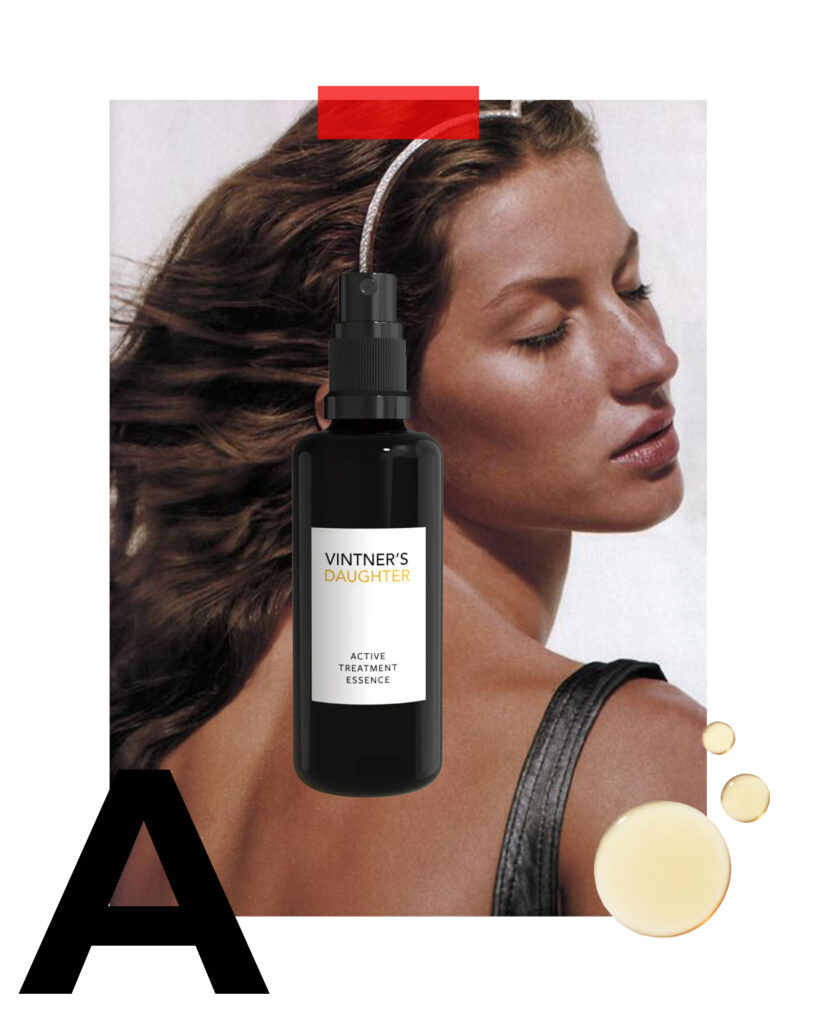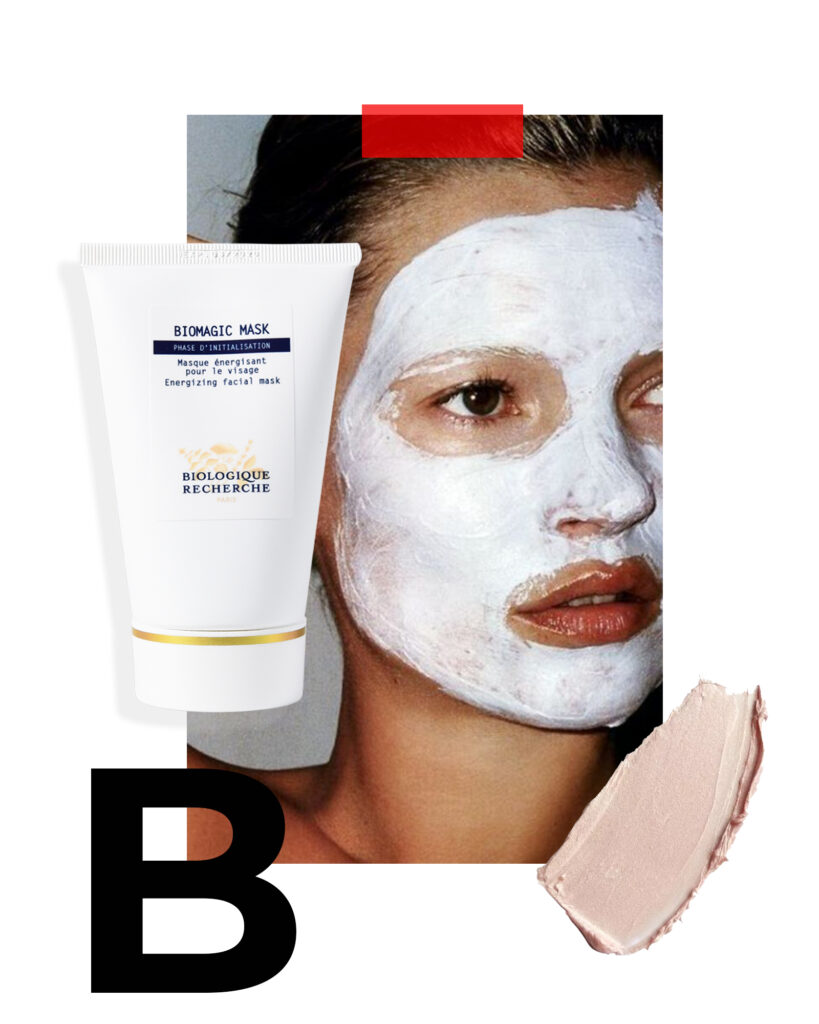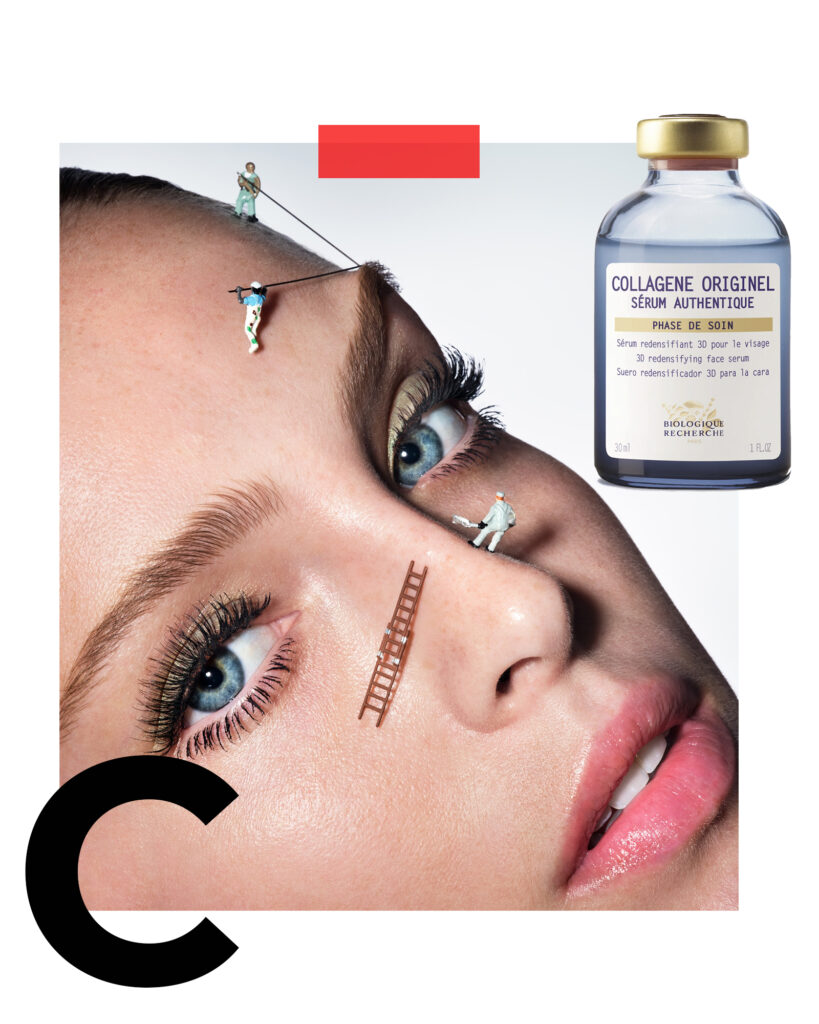Lactic Acid
WHAT IT DOES:
Lactic acid is an AHA derived from milk that is both a chemical exfoliant and a moisturiser. The acid helps to brighten skin, reduce the look of wrinkles and improve skin texture by promoting skin cell renewal.
HOW IT WORKS:
A nifty ingredient that can do it all, lactic acid is a favourite for many skin experts due to its versatile nature. Extremely gentle thanks to a large molecular structure, lactic acid works to break down dead skin cells to reveal glowing, healthier skin. Thanks to its humectant abilities, lactic acid makes sure the skin stays hydrated and not stripped, as can be the case with some AHAs.
MG SAYS:
Lactic acid is the most gentle of all the AHA’s, making it an ideal exfoliator for sensitive skin. You can use this in higher concentrations with almost no risk of over-exfoliating. I love using lactic acid in my studios as it works for almost all skin types and conditions.
L Glutathione
WHAT IT DOES:
L glutathione is one of the most powerful antioxidants used by the human body, found in almost every cell. It is also employed as a whitening agent, helping combat pigmentation.
HOW IT WORKS:
A tripeptide, L glutathione is formed by three amino acids. In turn, these acids bind to tyrosinase, a pigment-producing amino acid which can lead to dark spots or uneven skin tone. L glutathione helps to inhibit the production of tyrosinase, therefore leading to reduced pigment released by the call.
MG SAYS:
One of the most effective tyrosinase inhibitors on the market, L glutathione works to gradually soften existing pigment and prevents the development of future pigment with frequent use.
L Sodium Hyaluronate
WHAT IT DOES:
L sodium hyaluronate is one of the many variants of hyaluronic acid, adored for its intensely hydrating and humectant properties.
HOW IT WORKS:
Often compared to hyaluronic acid, L sodium hyaluronate does have some similarities in its benefits. However, L sodium hyaluronate has a lower molecular weight, meaning it is slightly less effective at holding water but it can penetrate the skin deeper. It is also more stable, making it a popular ingredient for products with a longer shelf life. It is an effective moisturiser and can help hydrate the skin at a deep level.
MG SAYS:
This naturally occurring molecule in our skin is essential for maintaining optimal water levels in our epidermis that in turn leave our skin looking plump, youthful and radiant. It is suitable for all skin types and can be layered effectively with other active ingredients both morning and evening.
Lanolin
WHAT IT DOES:
A popular ingredient for oil-rich balms and protectants, lanolin provides deep moisture to the skin. It is derived from wool and is a popular emollient, combating dryness and locking in moisture.
HOW IT WORKS:
Thanks to its semi-occlusive barrier, lanolin helps prevent water loss and lock in hydration when applied topically. It helps promote softer, smoother skin and has a similar molecular structure of the human sebum, meaning it’s great for sensitive skin or those suffering from extremely dry skin.
MG SAYS:
Use of lanolin to hydrate was discovered, so they say, by sheep-shearing shepherds whose hands were remarkably soft and well-conditioned. Since then, the powerful skin-smoothing properties have been harnessed in skin care preparations.





